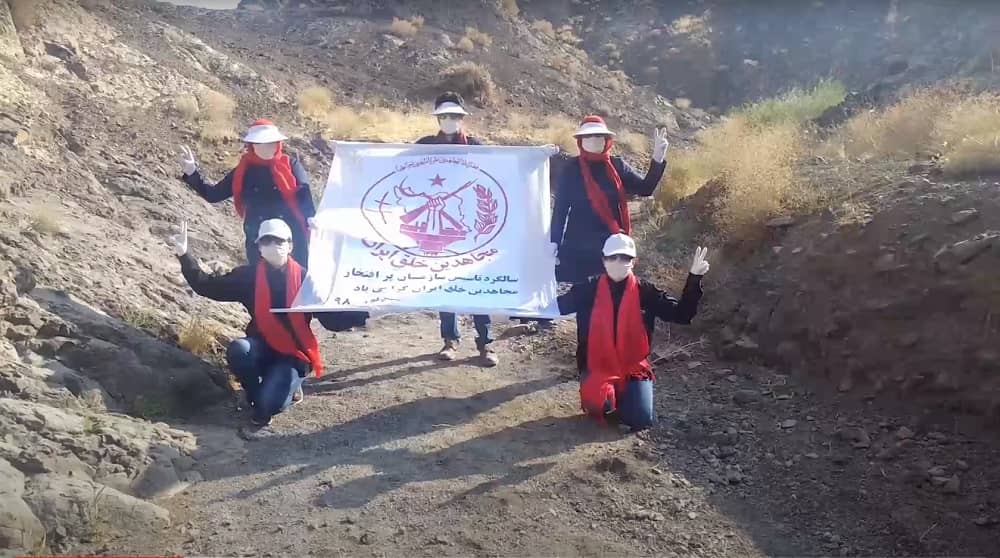The Resistance Units, affiliated with the People’s Mojahedin Organization of Iran (PMOI/MEK), have mobilized to spread awareness and encourage dissent against the regime. Across dozens of major cities and smaller towns, including Tehran, Mashhad, Karaj, and Esfahan, banners, posters, and graffiti championing Maryam Rajavi, President-elect of the National Council of Resistance of Iran (NCRI), have appeared in public spaces.
Mrs. Rajavi’s Ten-Point Plan, advocating for a democratic and secular Iran, is highlighted in these displays, alongside slogans like “No to velayat-e faqih, yes to a democratic republic.” In Tehran, a banner proclaimed, “No force in the world is stronger than our will for freedom,” while in Karaj and Isfahan, projected images of Mrs. Rajavi inspired passersby with calls for unity in the face of oppression. These high-risk actions are designed to raise awareness and foster solidarity, undertaken by individuals who risk their lives, as any affiliation with the MEK inside Iran carries life-threatening consequences under the regime’s severe crackdowns on dissent.
How PMOI Resistance Units are shaping Iran’s democratic future
On a more aggressive front, rebellious youth have begun to target regime-affiliated structures directly, escalating the opposition from symbolic displays to active resistance. In recent incidents across Mashhad, Esfahan, Qazvin, and Shiraz, among other cities, Iranian brave youth set fire to Basij militia bases.
In Qazvin, a Basij center, often seen as a tool for enforcing the regime’s policies, was set ablaze. Meanwhile, rebellious youth in Tehran destroyed prominent billboards displaying images of Supreme Leader Ali Khamenei and his predecessor Ruhollah Khomeini, signaling a new level of defiance. These bold actions reflect an opposition movement willing to confront the regime head-on and underscore the depth of public resentment toward Iran’s clerical elite.
The roots of this public resentment are deeply entwined with Iran’s ongoing economic crises and decades of political repression. Official reports claim that nearly 30% of the population lives below the poverty line, though economists suggest that figure may exceed 50%. Skyrocketing inflation, particularly in food and housing, has devastated Iranian households, leaving even middle-income families struggling to make ends meet. This economic despair, combined with rampant unempl
